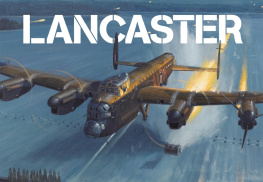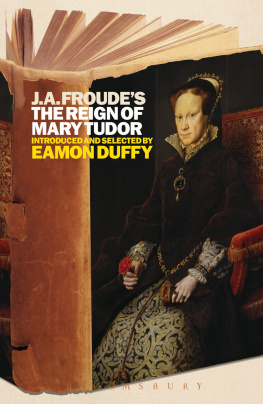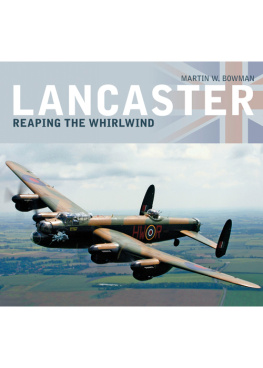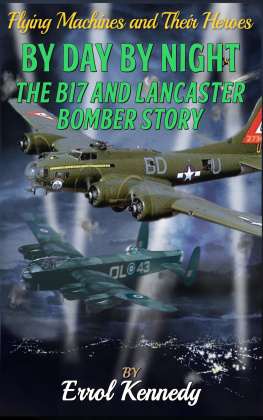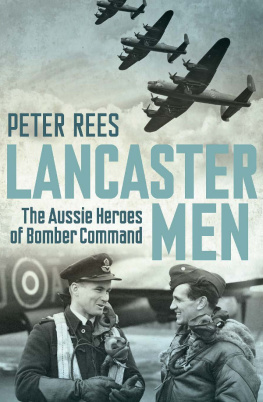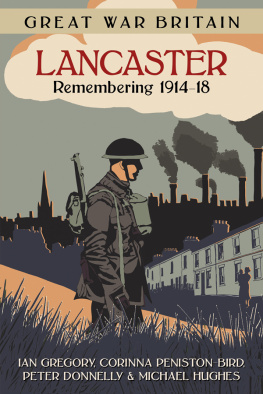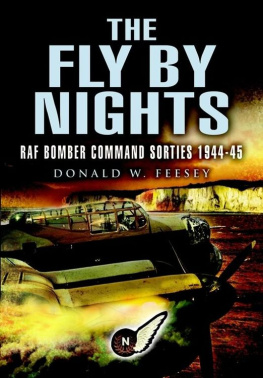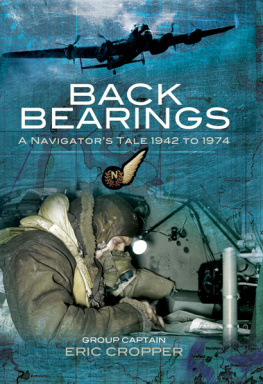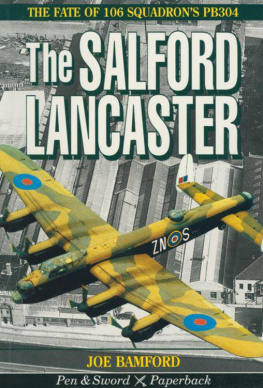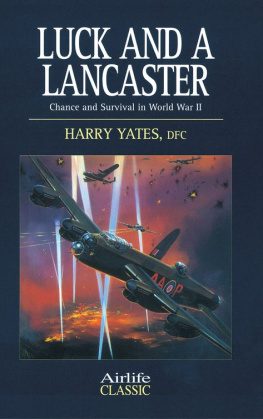
A Lancaster and Spitfire in flight over Normany on 5 June, 2014, the eve of the 70th anniversary of D-Day. (GUILLAUME SOUVANT/AFP/Getty Images)
The Lancaster is among the legendary aircraft that served the Royal Air Force during World War II.
In a letter of thanks to its manufacturer, A. V. Roe and Co., in December 1945, Commander-in-Chief of Royal Air Force Bomber Command, Sir Arthur Harris, described the Lancaster as being the greatest single factor in winning the recent conflict. He based this astonishing claim on the fact that it was responsible for dropping two-thirds of the RAFs bomb tonnage after the beginning of 1942.
The Lancaster equipped more squadrons than any other RAF bomber type, forming the backbone of Bomber Command, whose bloody war of attrition against German industry (often misunderstood and sometimes condemned) undeniably laid the foundations of the Allied victory. With a tally of ten Victoria Crosses (of the 32 air VCs awarded during World War II), Lancaster aircrew received more VCs than were won by the crews of any other aircraft type.
Most observers and analysts at the time, and since, agree that the aircraft was infinitely better than any of its predecessors or rivals. Bomber Harris himself summarised the conventional wisdom when he baldly stated:
One Lancaster is to be preferred to four Halifaxes. The Halifax suffers about four times the casualties for a given bomb tonnage. Low ceiling and short range make it an embarrassment when planning attacks with Lancasters.
In fact, the Lancaster actually suffered a higher loss rate than the Halifax during the daylight raids that predominated at the end of the war, and its crews were more likely to die if their aircraft was shot down. Many also suspect that the Lancaster crews, bombing from higher altitude in greater discomfort, may have been less accurate in delivering their bombs. Finally, although it carried a heavier bomb load, the Lancaster was a less useful multi-role aeroplane than the capacious Halifax, and was less well suited for tropical operations.
But in Arthur Harriss strategic bombing campaign, live aircrew in prisoner of war (PoW) camps were no more useful than the dead, and getting bombs bang-on a pinpoint target was of less concern than saturating what were usually area targets. Nor were the Lancasters abilities in what Harris saw as secondary roles and theatres of any great concern. The fact that the average Lancaster delivered 154 tons of bombs in its 27.2-sortie life, and could reach beyond Berlin, made it more useful than a shorter-range Halifax averaging only 100 tons. As a result, Lancasters dropped 608,612 tons of bombs out of a Bomber Command total of 955,044.
With these advantages being enjoyed by an aircraft that was also cheaper to produce, it was inevitable that the Lancaster would be built in larger numbers than any other British bomber, and would bear the brunt of the bombing campaign. They were despatched on 156,192 operational sorties during the war, and 3,836 were lost. These sorties included 107,085 in raids against Germany (23,204 by day) during which 2,508 Lancasters were lost (179 by day), representing almost half the Bomber Command total. By comparison, Halifaxes flew 47,069 sorties against Germany (10,074 by day) and suffered 1,467 losses.
But it would be wrong to suggest that the Lancaster prospered only because it met the narrow requirements of Sir Arthur Harris and his strategic bombing campaign. The Lancaster was a superb pilots aircraft, and was preferred by most who sampled other bomber types.
The Lancasters narrow focus and suitability for the pure bomber role was largely the result of its wartime genesis. The Halifax and Stirling had been designed in peacetime for the anticipated needs of war, whereas the Lancaster was designed in the light of real operational experience. Multi-role capability was not needed, while ease and economy of production were more important than crew comfort.
Moreover, the Lancaster and its crews also performed some of the most daring pinpoint attack missions of the war. In the end, though, it was the war of attrition waged against Germanys industrial heartland that won the conflict, and the high-profile precision attacks were relatively unimportant. In this war, the Lancasters ability to carry a very heavy load made it of critical importance.
And if the Lancasters widespread use, popularity, superb handling characteristics and combat record were not enough to win it a place in aviation legend, its story was one of great success dramatically grabbed from the jaws of ignominious failure of one of the worlds greatest aircraft being derived from one of the very worst.
The Lancaster entered frontline service in the early spring of 1942, and served throughout the war and even afterwards, eventually being supplanted in RAF service by the Lincoln (originally known as the Lancaster B.Mk IV). By 1945, Bomber Command included 56 Lancaster squadrons and could routinely call upon around 750 frontline aircraft, with many more serving training units, and others pouring off the production lines as attrition replacements.
The scale of its production and length of service ensures that the Lancasters story is of epic proportions, from its earliest sorties in 1942, through the infamous Dambusters raid of May 1943 to the massive, devastating raids that eventually brought Hitlers Germany to its knees in 1945.
CHRONOLOGY

Avro Lancaster bombers nearing completion at the A. V. Roe & Co. factory, Woodford, Cheshire, 6 May 1943. (Photo by Ministry of Information Official Photographer/ IWM via Getty Images)
1936
July | Air Ministry issues Specification B.12/36 for a new four-engined heavy bomber. |
Jul | RAF Bomber Command forms. |
Aug | Specification P.13/36 issued for a new twin-engined bomber. |
Sept | Air Ministry orders two prototypes of the Avro 679 (Manchester), designed against P. 13/36. |
1937
July | Air Ministry orders 200 Avro 679 bombers. |
1939
March | Air Ministry issues specification B.1/39 for a four-engined heavy bomber. |
July | The Manchester flies for the first time. |
1940
Aug | The first production Manchester is delivered. |
Sept | First Avro Lancaster prototype ordered. |
Nov | Manchester enters service with No. 207 Sqn. |
Nov | Avro authorised to proceed with four prototype, four-engined Manchester III airframes. |

